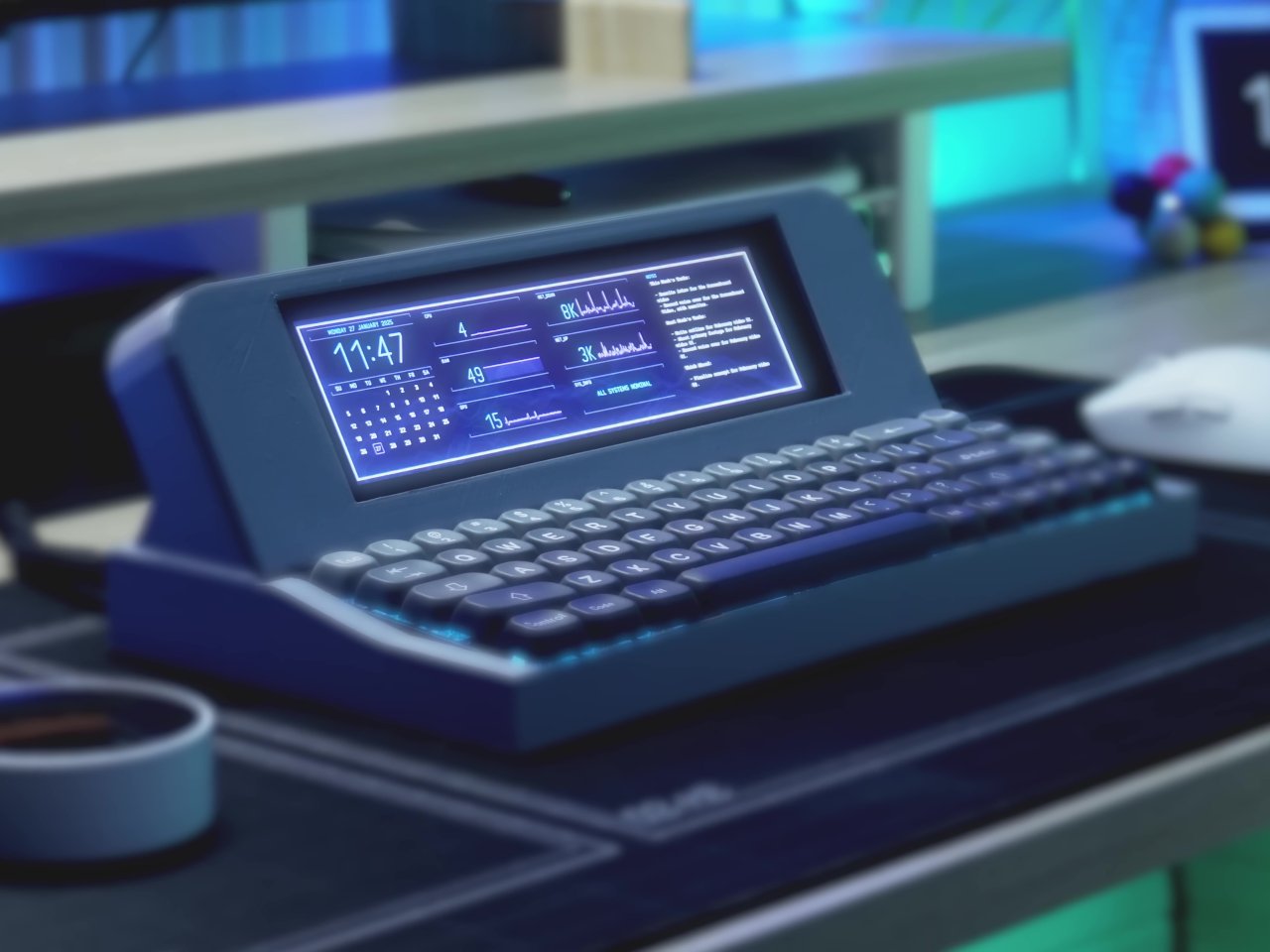If all the keyboards you’ve seen are on laptops or office-issued equipment, you’ll probably be shocked at the wide variety of designs available for them. Not even counting sizes and switches, keyboard designs span a very wide range of aesthetics, from brutalist to psychedelic to retro-futuristic. Some even use wooden materials that completely change the personality of these tools.
Some keyboards, however, go beyond simply providing a tool to type on, adding features like modular components or even a screen like the Kwumsy K2. Yes, they’re not essential, but they add a bit of flavor to your everyday computing experience. If the latter is more to your taste, you can easily make your own without having to break the bank or burn your fingers.
Designer: Work From Hype
Almost all of us have, at one point in our lives, had a design that we wished we could turn into reality. Not too long ago, that would have been next to impossible, but the introduction of 3D printing and affordable electronics has really made some dreams come true. DIY projects are no longer the exclusive domain of artisans, craftsmen, and professionals. Now almost anyone can create the device of their dreams, especially if it doesn’t involve complicated steps like soldering wires.
Screen Board is one such project and its name says it all. It’s a keyboard with an attached screen, or at least visually attached. You’d get the same effect as having a tiny second monitor sitting at the back of your keyboard, but it wouldn’t look as impressive, nor would it feel like a single product.
What makes this DIY project accessible is that almost everything can be bought off the shelf and used as is, with no soldering or modding required. You do need access to a 3D printer or a 3D printing service, and you’ll need to carefully measure the size of the keyboard and the ultra-wide mini monitor you’ll be using. Other than that, however, all you need to do is place them in the enclosure, set up the screen as a second monitor for your keyboard, and enjoy the retro-futuristic typing experience.
This design allows for a lot of flexibility beyond picking out keycaps. You can design your own chassis since the original isn’t being provided, and you can pick out your mechanical keyboard of choice. Of course, it defeats the purpose of a cheap and affordable Screen Board if you go all out, but at least you have the choice to take that risk.
The post Screen Board combines a keyboard and a screen and you can make your own first appeared on Yanko Design.

